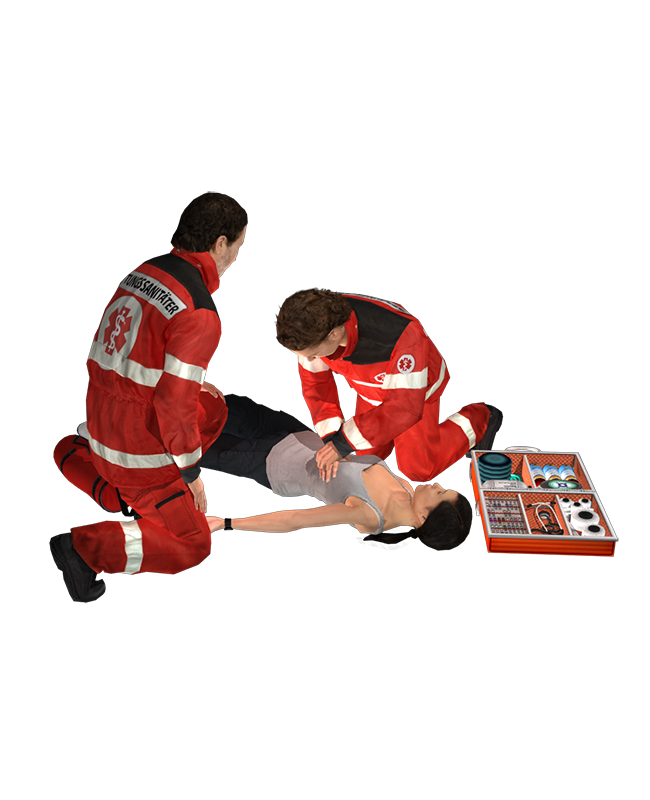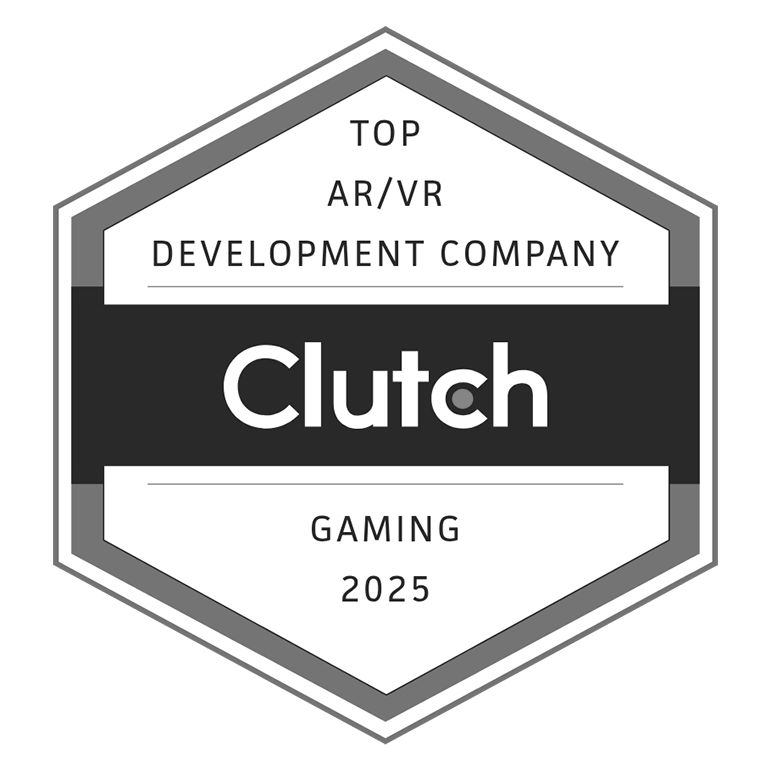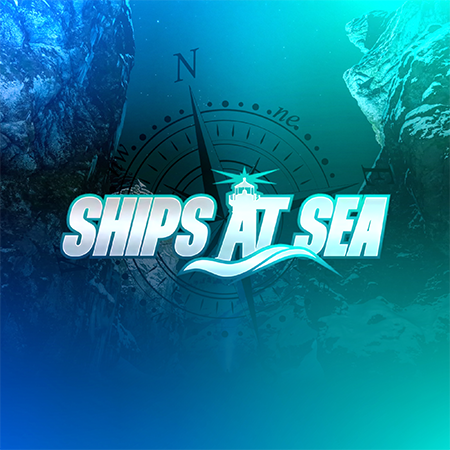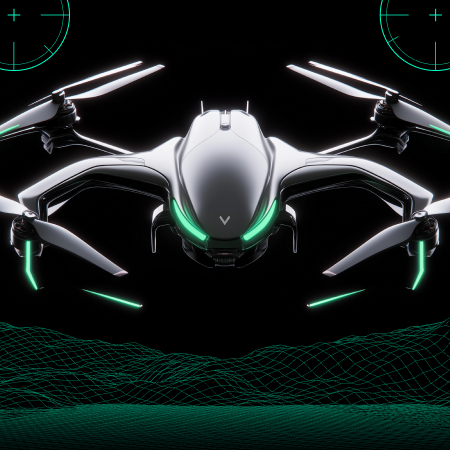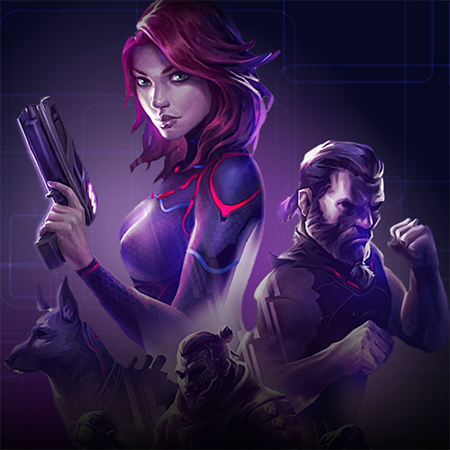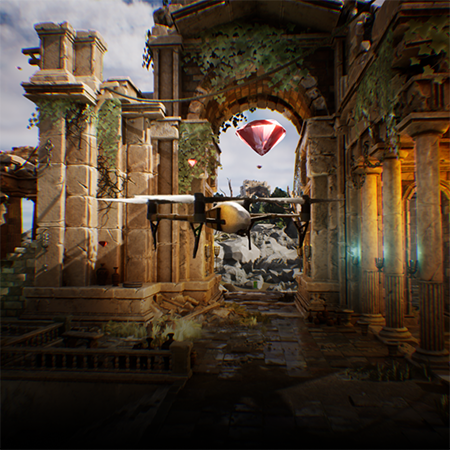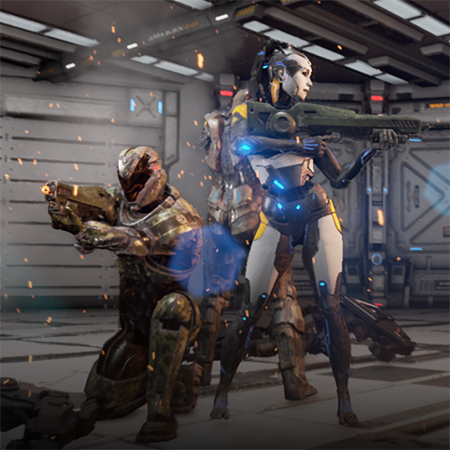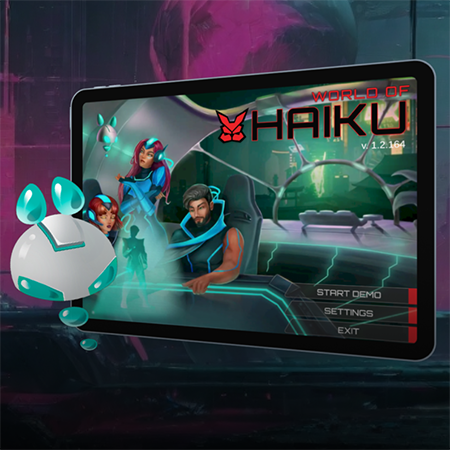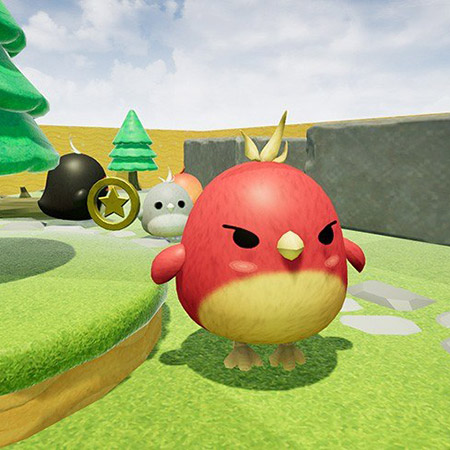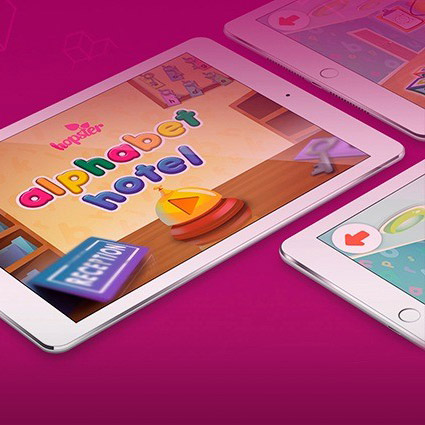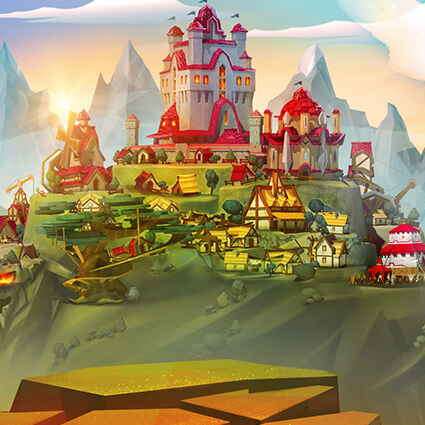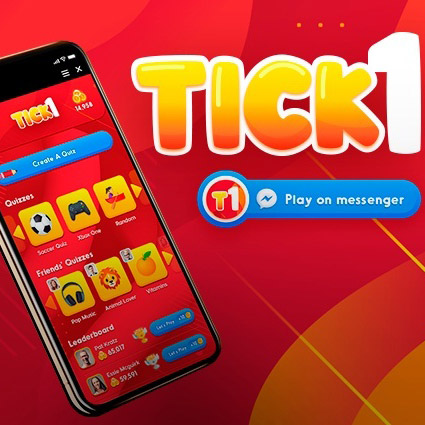Realism in simulation mechanics is achieved by combining technical precision, industry knowledge, and iterative testing throughout the development cycle. Each step is designed to reflect actual conditions with measurable accuracy.
Engineers begin by researching domain-specific data, including physics models, operational procedures, and equipment specifications. Designers translate this research into systems that replicate real-world interactions, ensuring mechanics follow logical and functional rules.
The development team applies advanced physics engines such as Unity and Unreal to simulate accurate motion, collision, and environmental responses. Calibration tools are used to fine-tune values like weight, friction, and velocity.
To verify credibility, prototypes undergo multiple testing rounds with stakeholders and subject matter experts. Feedback directly informs refinements, which eliminates inconsistencies before final production.
Core practices supporting realism include:
- Physics integration. Accurate parameter control of object behavior, from machinery movement to environmental effects.
- Domain consultation. Experts validate mechanics to ensure alignment with industry standards and training requirements.
- Iterative prototyping. Early builds demonstrate mechanics, allowing immediate adjustment when discrepancies appear.
- User feedback. Pilot sessions identify usability issues and improve simulation credibility.
- Performance alignment. Optimization guarantees mechanics remain realistic while maintaining stable performance across devices.
By merging real data with specialized engineering, Game-Ace secures authenticity in every simulation system. If you want your project mechanics to reflect actual conditions reliably, connect with us for further discussion.

